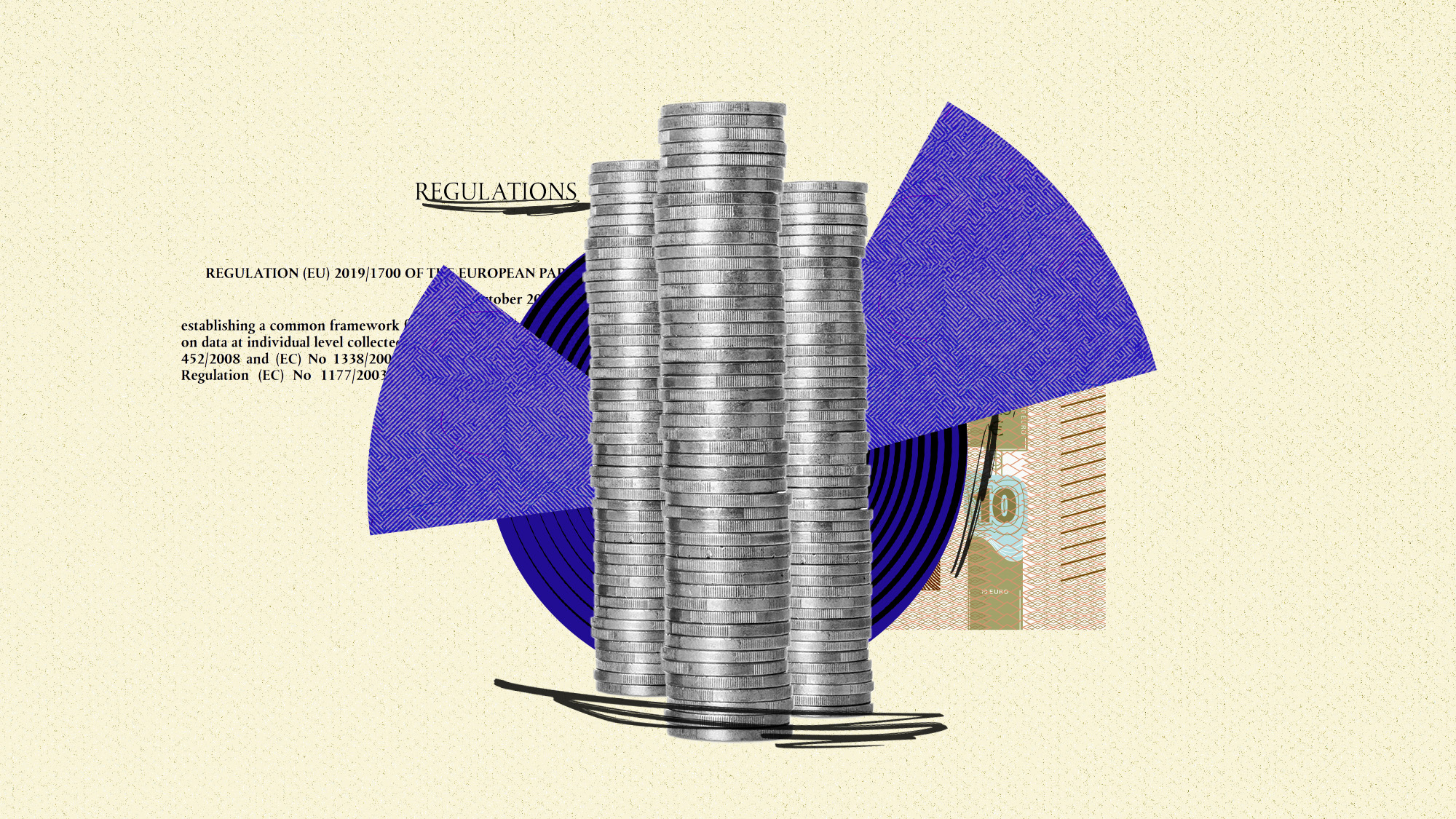Amid persistent macroeconomic uncertainty – caused by high inflation, rising interest rates, and geopolitical tensions – global Foreign Direct Investment (FDI) has been declining for the last three years. During this period, investment patterns have shifted toward emerging areas such as digital infrastructure, green energy, and semiconductors. According to the UNCTAD World Investment Report 2025, the US was the world’s top FDI destination in 2024, followed by Hong Kong and Singapore. Within Europe, France, Spain, and Italy experienced declines. However, despite the drop in FDI inflows, Spain maintained its position among the top 20 host economies globally, thanks to relatively low energy costs, a skilled labor force, and strong performance in sectors like services and industry.
For decades, the EU attracted investors from around the world due to its large consumer market, skilled workforce, and strong institutions. But that story has changed. Global investment flows are shifting elsewhere, and the EU is no longer one of the top destinations. In 2023, the US, China, and Singapore attracted more FDI than the entire EU combined.
Foreign investors are increasingly voicing concerns about the EU’s regulatory environment, citing burdensome rules, public tender barriers, and lengthy investment screening. Just as damaging is the lack of integration in the EU’s capital markets, which hampers access to long-term funding for foreign-led greenfield projects. That’s a red flag for the EU’s global competitiveness.
Why Investors Are Turning Away
Among foreign investors there’s a growing sense that doing business in the EU has simply become too difficult. While inflation, rising interest rates, and energy price swings are global issues, Europe’s own internal challenges – complex regulations, heavy bureaucracy, and fragmented national rules – make it harder and more expensive for companies to invest and grow in the EU.
From telecommunications to green energy, investors face lengthy approval processes, inconsistent national laws, and unpredictable screening mechanisms. These bureaucratic bottlenecks are particularly problematic in industries requiring licenses or environmental assessments, where delays can lead directly to sunk costs. The contrast with the US is sharp: capital markets there are deeper, rules clearer, and companies can raise funds more easily.
Europe’s (Lack of) Integration in Capital Markets
One major reason for Europe’s underperformance is its fragmented financial system. Unlike the US, the EU doesn’t have a fully integrated capital market. Despite efforts under initiatives such as the Capital Markets Union, the EU’s financial system remains fragmented, with national regulations, varying tax policies, and differing legal frameworks creating challenges for foreign investors.
This fragmentation raises the cost of capital and reduces the efficiency and accessibility of financing options, making the EU a far less attractive destination for FDI than regions with more harmonized financial markets. Investors must navigate a variety of tax codes, regulatory inconsistencies, and legal disparities – all of which limit opportunities, especially for long-term investments like renewable energy or high-tech manufacturing. On top of all this, the EU still shows an underdeveloped venture capital and private equity landscape. Compared to the US, these markets are weaker, leaving startups and scaleups with fewer options for growth funding.
The absence of a truly integrated banking and investment system has also limited the EU’s ability to compete with other global financial hubs. While London, New York, and Singapore offer transparent, liquid, and accessible financial markets, European financial centers remain fractured, weakening the region’s ability to attract large-scale international investments.
Former ECB President Mario Draghi has been very clear: without a real Capital Markets Union, Europe can’t compete globally. Former Italian Prime Minister Enrico Letta’s report for the European Council echoed a similar warning: if the EU wants to keep its economic independence, capital must move freely across borders.
Public Investment: Crowding in or Crowding out?
Public investment can help attract foreign capital – but only if done right. Spending on transport, digital infrastructure, and clean energy lowers business costs and boosts the kind of environment that appeals to global investors. EU programs like Horizon Europe and the Green Deal also help by advancing R&D, sustainability, and skills development.
But the picture is not all rosy. When public investment comes with too much bureaucracy or heavy-handed regulation, it can deter rather than encourage investors. In sectors like energy and telecoms, state-heavy involvement faces the risk of crowding out private capital. And when EU funds are unevenly distributed across member states, it undermines the Single Market’s promise of fair competition and equal opportunity.
To work efficiently, public investment must be well-targeted, transparent, and designed to crowd in, not crowd out, private investment.
A New Era of Strategic Competition
Geopolitics has raised the stakes. As global supply chains realign and tensions between the US and China escalate, countries are rethinking their trade and investment strategies. The Trump administration’s April 2025 tariffs on European car exports were a wake-up call. They reminded Europe that economic stability cannot be taken for granted.
In this new environment, attracting trusted, long-term investors is no longer just an economic benefit, it is a matter of security. The EU needs foreign capital to develop critical technologies, modernize infrastructure, and scale green industries. Without it, Europe risks falling behind in the race for innovation and resilience.
Europe is Suffering in Terms of FDI
The numbers do not look good. According to the UNCTAD World Investment Report 2025, France experienced a 20% decline in FDI inflows in 2024, reflecting the broader downturn across Europe. The decline in France seems to be due to weakened investor sentiment in the context of geopolitical tensions, economic uncertainty, and tighter financial conditions. Across Europe, Germany (-89%), Spain (-35%), and Italy (-24%) also saw major declines. The only relatively positive numbers came from finance-dominated economies like Luxembourg, although these figures reflect volatile financial flows rather than productive investment. Overall, the region is facing a serious challenge in maintaining its role as a competitive destination for international investment.
Besides the recent decrease in Spain, its general trend is positive. In 2024, the country attracted €31 billion in FDI, after a significant increase from 2023, when the country attracted €28 billion. Investors are drawn to Spain’s relatively affordable energy costs, driven by its strong renewable energy sector, especially solar and wind. That is a big plus for energy-intensive sectors like manufacturing, logistics, and technology, where predictable and lower operational costs are key.
Another strength is Spain’s highly skilled and cost-competitive labor force. With top technical universities and a strong education system, the country consistently produces talent in fields such as services, digital technology, engineering, and advanced manufacturing. Labor costs remain lower than in many Western European peers – offering efficiency without sacrificing quality. Sectors like automotive, aerospace, and IT services have capitalized on this, making Spain a logical location for high-value-added activities.
Spain’s geographic position further boosts its FDI appeal. As a bridge between Europe, Latin America, and North Africa, the country enjoys established trade routes and infrastructure. Its tourism industry fuels additional investment across real estate, hospitality, and transportation – creating spillover effects for the broader economy.
What the EU Should Do Now
If Europe wants to reclaim its spot as a top destination for foreign investment, it needs to act fast. Four practical steps stand out:
- Tackle macroeconomic disruptions head-on: The EU must confront sluggish growth, persistent inflation, and rising energy costs. Smart, targeted policies can improve stability, lower operational costs, and encourage new investment.
- Simplify regulations: The EU should simplify and accelerate approval processes, cut red tape, and harmonize rules across member states. A centralized EU investment system could offer significant time and cost savings.
- Complete the Capital Markets Union: A unified capital market would lower borrowing costs, expand funding options, and attract more international investors – especially in green energy and advanced tech.
- Strengthen public-private synergies: Public funds should support – not stifle – private capital. Clear procurement rules, transparent tenders, and co-investment platforms are essential for effective collaboration.
The Opportunity Is Clear
To stay competitive in a fast-changing global economy, the EU must make attracting foreign direct investment a priority. FDI is more than capital – it drives innovation, boosts productivity, and creates jobs. But the recent drop in flows shows that Europe is falling short.
Complex regulations, fragmented markets, and sluggish bureaucracy are making it harder for investors to see Europe as a reliable bet. The good news? The path forward is clear. By reducing regulatory friction, accelerating capital market integration, and encouraging well-structured public investment, the EU can restore investor confidence. Spain’s success shows what’s possible. With the right reforms, the EU can become a dynamic, open, and globally competitive top investment hub.
© IE Insights.











